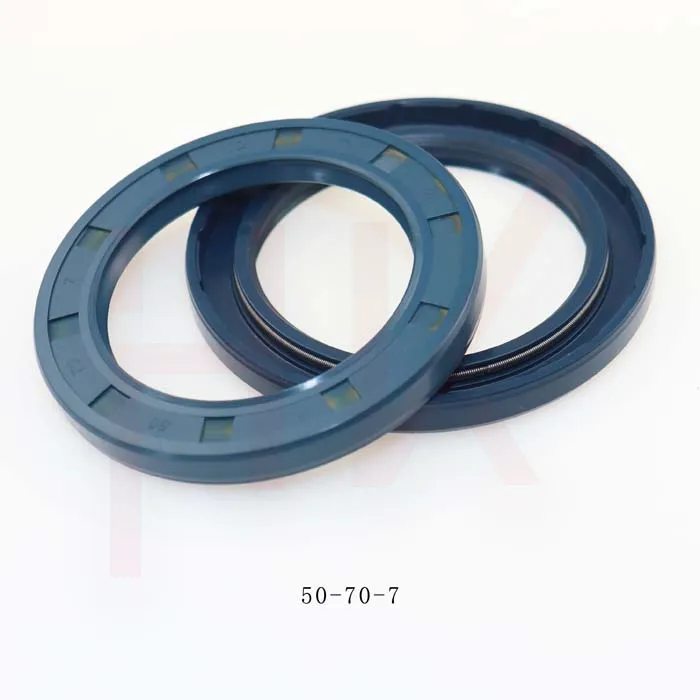Nov . 13, 2024 19:42 Back to list
hydraulic cylinder seal replacement
Hydraulic Cylinder Seal Replacement A Comprehensive Guide
Hydraulic cylinders are vital components in many machinery and equipment, providing the force needed to lift, push, pull, or otherwise move objects. However, over time, the seals in these cylinders may wear out, leading to leaks and a loss of efficiency. In this article, we will discuss the importance of hydraulic cylinder seals, the signs of seal failure, and a step-by-step guide to performing a seal replacement.
Importance of Hydraulic Cylinder Seals
Seals in hydraulic cylinders serve several crucial functions. They prevent hydraulic fluid from leaking out of the cylinder, maintain pressure, and keep contaminants from entering the system. Properly functioning seals ensure the hydraulic system operates effectively, thereby prolonging the life of the cylinder and the machinery it powers. Regular maintenance and timely replacement of worn seals are essential to avoid costly downtime and repairs.
Signs of Seal Failure
Recognizing the signs of seal failure early can save time and money. Here are several indicators that it might be time to replace the seals in your hydraulic cylinder
1. Fluid Leakage The most obvious sign of seal failure is fluid leaking from the cylinder. This can lead to decreased hydraulic pressure and efficiency. 2. Increased Cylinder Drift If the cylinder drifts or moves unexpectedly when in a neutral position, the seals may be compromised.
3. Unusual Noises Grinding, whining, or hissing noises during operation can suggest issues with the seals or related components.
4. Decreased Performance If the hydraulic system exhibits slower response times or reduced lifting capacity, it could be due to worn seals.
5. Visible Damage Physical inspection might reveal cracks, tears, or unusual wear on the seals themselves.
Step-by-Step Guide to Seal Replacement
Replacing hydraulic cylinder seals may seem daunting, but with the right tools and knowledge, it can be done effectively. Below is a step-by-step guide to help you through the process.
Step 1 Prepare the Workspace
Ensure you have a clean and organized workspace. Gather all necessary tools, including wrenches, pliers, seal pullers, and new seals. It’s also a good practice to have some clean rags and hydraulic fluid on hand for testing after the replacement.
hydraulic cylinder seal replacement

Step 2 Disassemble the Cylinder
1. Safety First Before beginning, relieve all pressure in the hydraulic system to avoid accidents. 2. Remove the Cylinder Detach the hydraulic cylinder from the machine carefully. 3. Disassemble the Cylinder Remove end caps and any other components that hold the cylinder together. Carefully take out the piston rod and any retaining rings.
Step 3 Remove Old Seals
Once you have access to the seals, carefully remove them using seal pullers or other appropriate tools. Be careful not to scratch or damage the cylinder surfaces, as this can lead to further issues once new seals are installed.
Step 4 Clean and Inspect
Thoroughly clean all components of the cylinder and inspect them for damage. Replace any worn or damaged parts as necessary. Check the cylinder walls for any imperfections that could affect the new seals.
Step 5 Install New Seals
Carefully install the new seals. Make sure they fit snugly and are correctly positioned in their respective grooves. It’s crucial to follow the manufacturer's specifications during this stage.
Step 6 Reassemble the Cylinder
Reassemble the cylinder in the reverse order of disassembly, ensuring that all components fit correctly and securely. Make sure all nuts and bolts are tightened to the manufacturer's torque specifications.
Step 7 Test the Assembly
Reconnect the hydraulic cylinder to the machinery, refill the hydraulic fluid, and restore pressure to the system. Test the cylinder's operation to ensure there are no leaks and that it functions smoothly.
Conclusion
Hydraulic cylinder seal replacement is a critical maintenance task that can greatly enhance the performance and longevity of hydraulic systems. By recognizing the signs of seal failure and following the appropriate steps for replacement, operators can avoid costly repairs and ensure their machinery continues to operate efficiently. Regular inspection and maintenance of hydraulic components will ultimately lead to a safer and more productive work environment.
-
TCN Oil Seal Metal Ring Reinforcement for Heavy Machinery
NewsJul.25,2025
-
Rotary Lip Seal Spring-Loaded Design for High-Speed Applications
NewsJul.25,2025
-
Hydraulic Cylinder Seals Polyurethane Material for High-Impact Jobs
NewsJul.25,2025
-
High Pressure Oil Seal Polyurethane Coating Wear Resistance
NewsJul.25,2025
-
Dust Proof Seal Double Lip Design for Construction Equipment
NewsJul.25,2025
-
Hub Seal Polyurethane Wear Resistance in Agricultural Vehicles
NewsJul.25,2025
-
The Trans-formative Journey of Wheel Hub Oil Seals
NewsJun.06,2025
Products categories
















